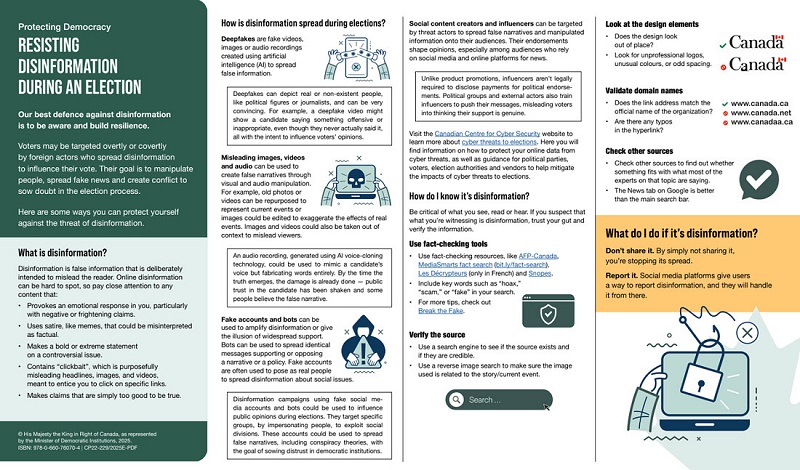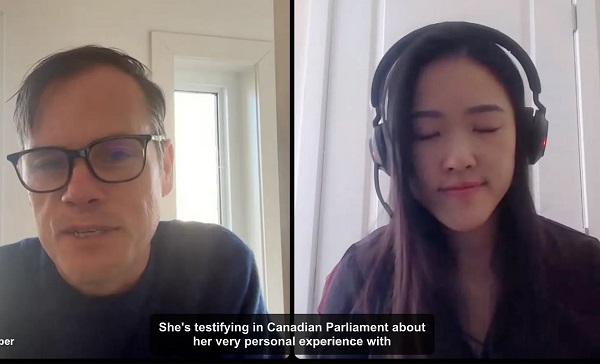Alberta
Bureaucratic shuffle not enough to fix health care in Alberta

From the Fraser Institute
Alberta Premier Danielle Smith spent a good portion of her yearend interviews discussing upcoming changes to the province’s health-care system including the shift from the single Alberta Health Services to multiple authorities each tasked with overseeing one area of the health-care system. But will the government pair this bureaucratic shuffle with reforms that will actually improve matters for Albertans?
Indeed, Albertans shouldn’t get too excited about reforms to the health-care system’s administrative structure. Back in 2008, Alberta Health Services replaced nine regional health boards, which themselves were amalgamated from 17 authorities created in 1994. Yet wait lists grew continuously over the entire period up to new record highs in 2023.
In 1993, a typical Albertan could expect to wait 10.5 weeks between GP referral and treatment by a medical specialist. By 2008, that wait time had increased to 18.5 weeks and now stands at a remarkable 33.5 weeks (longer than the national median wait of 27.7 weeks).
A lack of money is absolutely not to blame. On the contrary, Alberta’s provincial health-care spending ranked second-highest per person (after adjusting for age and sex) in 2021, while Canada nationally is a relatively high spender among universal health-care countries. At the same time, Canada ranks near the bottom for the availability of medical professionals, medical technologies and hospital resources. And Canadian patients suffer some of the longest delays for access to care in the developed world.
In other words, there’s much more wrong with health care in Alberta than the number of authorities overseeing the governmental system.
So what’s the solution?
Simply put, Alberta should learn from other countries that deliver more timely universal care with comparable spending such as Switzerland, Australia and Germany. For example, in 2020 (the latest year of available data) only 62 per cent of patients in Canada received elective care within four months compared to 72 per cent in Australia, 94 per cent in Switzerland and 99 per cent in Germany.
What do these countries do differently? They all have private competitive providers delivering universally accessible services within the public system, and payment for such care is based on actual delivery of services, known as “activity-based” funding.
Based on details released so far, the Smith government’s bureaucratic shuffle appears to bear little resemblance to these higher-performing approaches pursued abroad. In fact, it looks a lot like the provincial government working from the same old playbook, with another costly exercise to distract Albertans from the real problems in their health-care system. If that’s all this reform amounts to, then we can expect no real improvement for Albertans in need of care or the taxpayers who fund it.
On the bright side, there’s some hope that the Smith government is setting the stage for more meaningful reform. To move toward a higher-performing model with competitive patient-focused delivery, the government must first separate and clearly define the roles of the purchaser of health care and the providers of that care. If moving from one large health authority to multiple authorities is about more clearly defining government’s role as the purchaser and oversight authority for universal health care, with authorities and providers being transparently accountable for delivering timely quality care to patients, then Albertans may be on the road to shorter wait times and higher-quality health care.
But we’ll have to wait and see.
Author:
Alberta
Made in Alberta! Province makes it easier to support local products with Buy Local program

Show your Alberta side. Buy Local. |
When the going gets tough, Albertans stick together. That’s why Alberta’s government is launching a new campaign to benefit hard-working Albertans.
Global uncertainty is threatening the livelihoods of hard-working Alberta farmers, ranchers, processors and their families. The ‘Buy Local’ campaign, recently launched by Alberta’s government, encourages consumers to eat, drink and buy local to show our unified support for the province’s agriculture and food industry.
The government’s ‘Buy Local’ campaign encourages consumers to buy products from Alberta’s hard-working farmers, ranchers and food processors that produce safe, nutritious food for Albertans, Canadians and the world.
“It’s time to let these hard-working Albertans know we have their back. Now, more than ever, we need to shop local and buy made-in-Alberta products. The next time you are grocery shopping or go out for dinner or a drink with your friends or family, support local to demonstrate your Alberta pride. We are pleased tariffs don’t impact the ag industry right now and will keep advocating for our ag industry.”
Alberta’s government supports consumer choice. We are providing tools to help folks easily identify Alberta- and Canadian-made foods and products. Choosing local products keeps Albertans’ hard-earned dollars in our province. Whether it is farm-fresh vegetables, potatoes, honey, craft beer, frozen food or our world-renowned beef, Alberta has an abundance of fresh foods produced right on our doorstep.
Quick facts
- This summer, Albertans can support local at more than 150 farmers’ markets across the province and meet the folks who make, bake and grow our food.
- In March 2023, the Alberta government launched the ‘Made in Alberta’ voluntary food and beverage labelling program to support local agriculture and food sectors.
- Through direct connections with processors, the program has created the momentum to continue expanding consumer awareness about the ‘Made in Alberta’ label to help shoppers quickly identify foods and beverages produced in our province.
- Made in Alberta product catalogue website
Related information
Alberta
Province to expand services provided by Alberta Sheriffs: New policing option for municipalities

Expanding municipal police service options |
Proposed amendments would help ensure Alberta’s evolving public safety needs are met while also giving municipalities more options for local policing.
As first announced with the introduction of the Public Safety Statutes Amendment Act, 2024, Alberta’s government is considering creating a new independent agency police service to assume the police-like duties currently performed by Alberta Sheriffs. If passed, Bill 49 would lay additional groundwork for the new police service.
Proposed amendments to the Police Act recognize the unique challenges faced by different communities and seek to empower local governments to adopt strategies that effectively respond to their specific safety concerns, enhancing overall public safety across the province.
If passed, Bill 49 would specify that the new agency would be a Crown corporation with an independent board of directors to oversee its day-to-day operations. The new agency would be operationally independent from the government, consistent with all police services in Alberta. Unlike the Alberta Sheriffs, officers in the new police service would be directly employed by the police service rather than by the government.
“With this bill, we are taking the necessary steps to address the unique public safety concerns in communities across Alberta. As we work towards creating an independent agency police service, we are providing an essential component of Alberta’s police framework for years to come. Our aim is for the new agency is to ensure that Albertans are safe in their communities and receive the best possible service when they need it most.”
Additional amendments would allow municipalities to select the new agency as their local police service once it becomes fully operational and the necessary standards, capacity and frameworks are in place. Alberta’s government is committed to ensuring the new agency works collaboratively with all police services to meet the province’s evolving public safety needs and improve law enforcement response times, particularly in rural communities. While the RCMP would remain the official provincial police service, municipalities would have a new option for their local policing needs.
Once established, the agency would strengthen Alberta’s existing policing model and complement the province’s current police services, which include the RCMP, Indigenous police services and municipal police. It would help fill gaps and ensure law enforcement resources are deployed efficiently across the province.
Related information
-

 2025 Federal Election1 day ago
2025 Federal Election1 day agoRCMP Whistleblowers Accuse Members of Mark Carney’s Inner Circle of Security Breaches and Surveillance
-

 2025 Federal Election1 day ago
2025 Federal Election1 day agoMEI-Ipsos poll: 56 per cent of Canadians support increasing access to non-governmental healthcare providers
-

 2025 Federal Election2 days ago
2025 Federal Election2 days agoAI-Driven Election Interference from China, Russia, and Iran Expected, Canadian Security Officials Warn
-

 2025 Federal Election2 days ago
2025 Federal Election2 days agoEuthanasia is out of control in Canada, but nobody is talking about it on the campaign trail
-

 Health1 day ago
Health1 day agoTrump admin directs NIH to study ‘regret and detransition’ after chemical, surgical gender transitioning
-

 Bjorn Lomborg2 days ago
Bjorn Lomborg2 days agoGlobal Warming Policies Hurt the Poor
-

 2025 Federal Election24 hours ago
2025 Federal Election24 hours agoBureau Exclusive: Chinese Election Interference Network Tied to Senate Breach Investigation
-

 2025 Federal Election10 hours ago
2025 Federal Election10 hours agoTucker Carlson Interviews Maxime Bernier: Trump’s Tariffs, Mass Immigration, and the Oncoming Canadian Revolution







